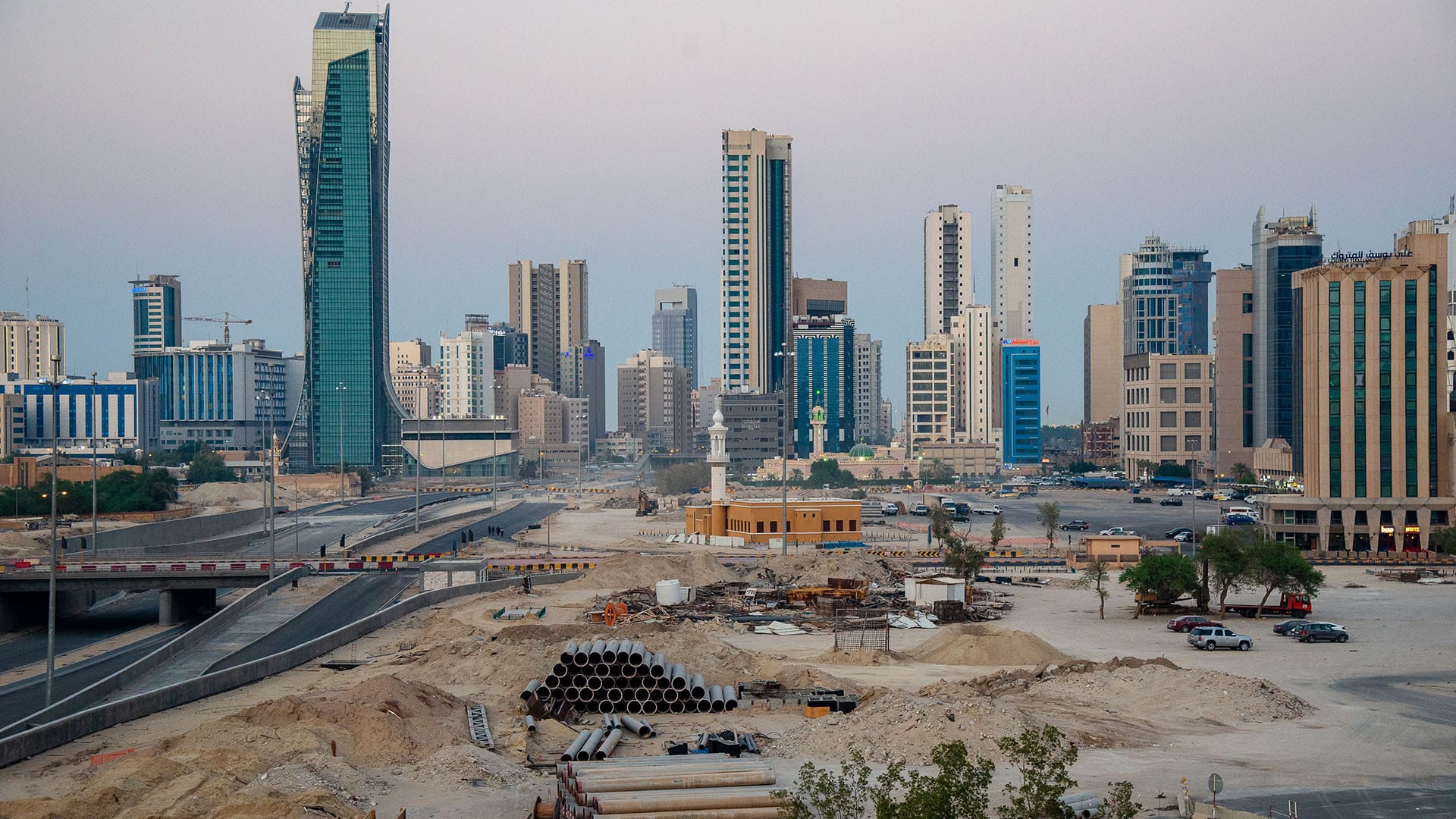French photographer Jérome Poulalier documented the endangered heritage of this unsung country of the Persian Gulf.

You’re getting blind.
Don’t miss the best of visual arts. Subscribe for $9 per month or $108 $90 per year.
Already suscribed ?
Read more: The Crack, a Shadow From the Past



